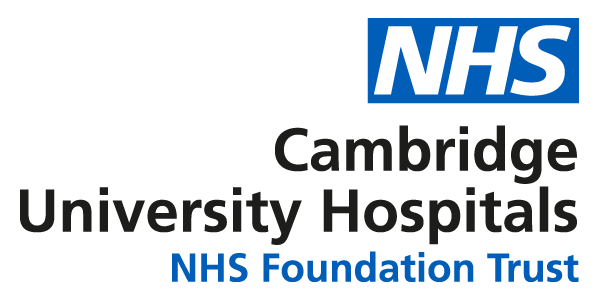Orthopaedic surgery is the surgical speciality that focuses on the management of joints and bones.
Orthopaedic Surgeons are trained to diagnose, treat, and manage patients with bone and joint problems. This includes the management of the shoulder, elbow, wrist and hand and also the management of the hip and knee, foot and ankle. Orthopaedic surgeons also manage patients who sustain a traumatic injury to their limbs such as a fracture.
Guidance for patients waiting for a hip replacement
About total hip replacement
The operation replaces a worn out hip joint, which has usually been damaged by arthritis, or occasionally by another cause. The hip joint is a ball and socket joint, formed by a socket in the pelvis (the acetabulum) and a ball on the head of the thighbone (femur). Over many years the smooth covering (cartilage) of the joint may be worn away, exposing the underlying bone and forming an “arthritic” joint. As a result, the joint becomes painful, movement is restricted and function impaired.
The aim of surgery is to improve your quality of life, primarily by relieving your pain. If your hip is stiff, the range of movement may also improve, but this is not always the case. Replacement hip surgery is considered by some to be one of the greatest surgical revolutions in the past few decades. However, no major surgery should be entered into lightly, so in general terms before you proceed with surgery, your pain should be intrusive and often troubling you at night, your walking distance restricted, and pain-killers will have often failed to control your pain. You may already be using a walking stick. You will probably be struggling to manage your everyday activities, work and recreation. You may have tried a course of physiotherapy.
Pre-operative exercises
The following exercises are suitable for people to practise before the operation
Aim to practise your exercises four times a day.
- Build up the repetitions gradually, start with five repetitions of each exercise and increase the number each day, as you feel able, until you can manage 50 repetitions.
- Walking outside is also a good exercise, providing you can do so without increasing any pain.
- Many people benefit from water based activities, we recommend joining a suitable class at your local swimming pool.
- As well as practicing the exercises below, you may start work on the exercises labelled operation to two weeks post operation
Exercises before surgery
1. Sit on a firm chair.
Sit up tall.
Lift one arm as high as you can comfortably,
Lower the arm and raise the other arm.
Alternate the arm lifts.
Start with five repetitions
2. Sit or stand,
Stretch out your spine.
Lift both arms together.
Stretch as far as you can comfortably.
Start with five repetitions.
3. Sit upright on a firm chair.
Shrug your shoulders up, down, backwards and forwards.
Start with five repetitions.
4. Sit near the front of a firm chair.
Relax your shoulders,
Sit tall,
Rest your hands on your knees.
Take a deep breath in through your nose.
Hold the breath for a count of five.
Allow the air to flow freely out through your mouth.
Repeat this three times only.
5. Lie on the bed, on your back.
Bend both knees, rest your feet flat on the bed.
Lift your bottom off the bed.
Start with five repetitions.
6. If you can manage to lie flat on your front for 30 minutes each day this will help to improve your posture and ability after your operation.
7. Sit in a firm chair, lean back against the back rest.
Start with both knees bent and feet resting on the floor.
Straighten your knee, keeping your thigh resting on the seat of the chair.
Pull your foot up firmly, feel the stretch in your calf muscles.
Bend the knee and rest the foot on the floor.
Start with five repetitions with each leg.
What should I do if my health is deteriorating?
If your hip pain deteriorates to the degree that you are struggling to perform normal activities of daily living such as washing, going to the shops and putting on your own shoes and socks on and caring for your family, then raise this with a health professional. If you have not yet been seen at Addenbrookes please contact your general practitioner (GP) who may try and expedite your referral. Alternatively, if you have already been seen by our service at Addenbrookes, the please contact the clinical team who are looking after you using the contact numbers on your clinic letter.
Contact us
If waiting for first appointment and have concerns regarding health and deterioration please contact your GP.
If you are an existing patient within our service with concerns please contact:
- 1st outpatient appointment: 01223 216403
- Follow up appointment Clinic 1: 01223 216231 or 01223 806000
- Medical secretaries: 01223 586581, 01223 216229 or 01223 216036
Reviewed: 19 December 2024

